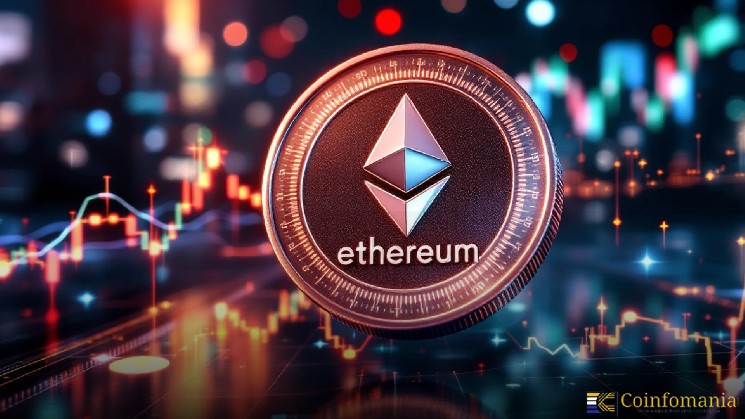Ethereum has served as the leading smart contract platform for many years. We have been at the forefront of innovation in the blockchain field. Scalability is now a big issue as decentralized applications and transactions require more networks.
In an exciting development, the Ethereum research team announced a breakthrough that could achieve 100x scaling on its own, enhancing theoretical scalability before moving to potential applications. This advancement is enabled by real-time verification using consumer-grade GPUs, which enables increased throughput and reduced operational costs.
Large scale:
The Ethereum research team called for the next phase.
“100x Scaling Breakthrough”
Networks are evolving faster than ever before. $ETH is building the infrastructure of the future. pic.twitter.com/lggza3dtRc
— Merlijn The Trader (@MerlijnTrader) October 17, 2025
What is Ethereum's 100x scaling breakthrough?
Central to this innovation is a new way to validate blocks. Previously, validators had to re-execute all transactions, which is a resource process, to confirm a block. This creates bottlenecks and limits network scalability.
The new method uses consumer GPUs to perform real-time verification. Using these widely available and affordable hardware components, Ethereum is now able to perform block validation within seconds. In recent testing, this feature was able to prove 99.6% of transactions within 12 seconds. This is the first step towards achieving 10,000 transactions per second (TPS) on the Ethereum mainnet.
How does real-time verification work?
While this event is a milestone, the Ethereum research team continues to improve and further optimize the technology. Future updates will further reduce verification time, cost, and accessibility for launching networks.
The Ethereum community is exploring the potential of complementary solutions such as sharding and layer 2 rollups to further improve scalability and help the network withstand the increasing demands of decentralized applications.
What impact will this have on the blockchain ecosystem?
Ethereum’s scaling innovation is a revolutionary advancement in blockchain scaling. This shows that real-time verification can be performed using consumer-grade hardware, thus encouraging other blockchains to enhance and develop scalability solutions.
This could also have a significant impact on decentralized finance (DeFi), non-fungible tokens (NFTs), and other blockchain-specific applications. Scalability makes these applications more efficient and available to more people for more complex purposes.
What's the next step?
While this is an impressive accomplishment in itself, the Ethereum research team does not intend to stop improving and optimizing the technology. Reducing verification time, cost, and network access are all concerns going forward.
The Ethereum community is also exploring complementary solutions such as sharding. Layer 2 rollup to improve scalability and build networks that support future distributed applications.


